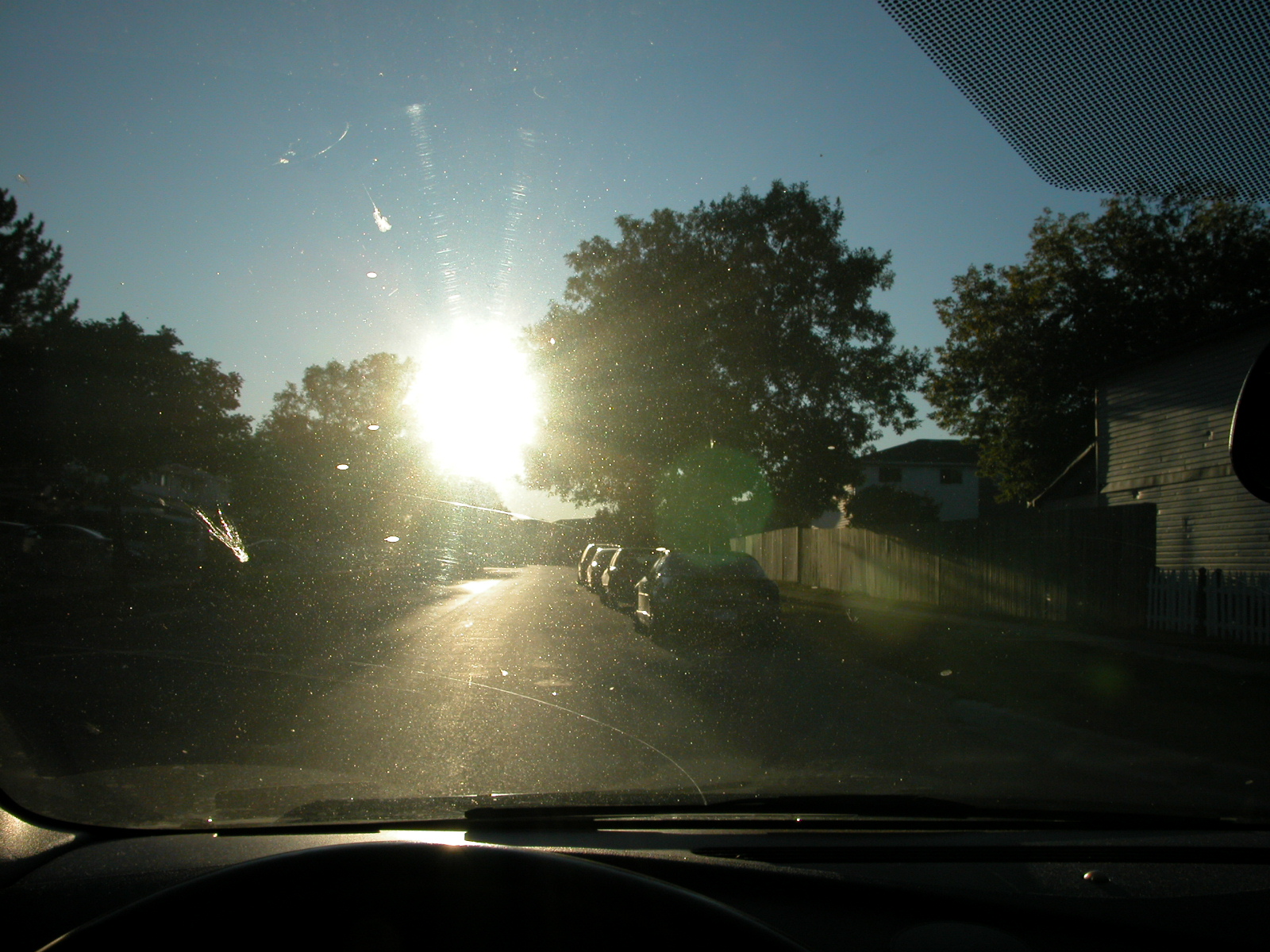|

|
R.
BOUWMEESTER & ASSOCIATES
Sun & Shadow Position
Specialists
with Modeling Applications in
Collision and Crime Scene Reconstruction,
Urban Development, Site Planning and Building Design
|
|
|
| About Us |
Services |
What We Do |
Projects |
Clients |
'Dangerous for drivers': Daylight time ends, impacting driving conditions for Ontario motorists
BY
MIKE PEARSON
Article re-printed from
"DurhamRegion.com" November 6, 2023
"DurhamRegion.com" is hereby
acknowledged for the content.
LINK TO ORIGINAL STORY
While an extra hour of sleep is always
nice on a Sunday morning, millions of people are now having to adjust
their internal clocks following the end of daylight time on Nov. 5.
With sunrise and sunset now
occurring 60 minutes earlier, many of us will be driving to work at
sunrise and driving home in darkness.
Toronto Police Service warn
with the end of daylight time, road users will encounter reduced
visibility due to shorter daytime hours.
In a news release, police said
historically motor vehicle collisions rise in the month following
daylight time, with police responding to an increase in
pedestrian-involved collisions of more than 70 per cent.
Police said 32 people have been
killed on Toronto roads so far this year, including 20 pedestrians.
VISIBILITY
REDUCED DURING SUNRISE AND SUNSET
Ralph Bouwmeester, principal at
R. Bouwmeester & Associates, has assisted in the investigation of
traffic collisions where sun glare or blinding is suspected as a
contributing factor. Speaking anecdotally, he said the seasonal time
changes in the spring and fall can lead to more collisions, due to the
changing sun positions relative to the time of day.
“The sun isn’t where we’re used
to it being on the way home from work,” he noted. “You drive down a
certain highway or street and you take a certain corner, you’ve been
doing it for ages and the sun has been fairly consistent for the last
few weeks, and you know where to look out for it. And suddenly, it’s
off by an hour and the sun can be in a spot where you just didn’t
expect it to be.”
In some cases, drivers’ internal clocks
may be out of whack and motorists may be sleepier following the time
change, Bouwmeester noted.
“It’s that first hour of sun or
the last hour of sun of the day that are the most dangerous for drivers
and pedestrians too,” said Bouwmeester.

Photo by Ralph Bouwmeester
At all times, but especially
when visibility is reduced during sunrise and sunset, Toronto police
advise motorists, pedestrians and other road users to follow these
safety tips:
• Remain vigilant of your
surroundings and be aware of other road users.
• Use extra caution at
crosswalks, and turning in signalized and non-signalized intersections.
• Drive within the speed limit
and adjust according to the conditions.
• Ensure vehicles are in good
working order and remember to activate the full lighting system.
• Plan ahead. Give extra time
to travel to and from destinations.
It’s not just pedestrians and
other drivers that motorists must contend with. Collisions with
wildlife, most notably deer, are a key concern at this time of year.
WATCH
OUT FOR WILDLIFE
The Upper Thames River Conservation Authority notes in a report that
most deer collisions occur from October to December, during the morning
hours of 5 a.m. to 7 a.m., or after sunset, from 5 p.m. to 11 p.m.
“These periods coincide with
the heightened activity of deer during the autumn breeding season, the
spring and fall migration periods, and the daily movement cycle during
hours of darkness, and at dawn and dusk,” the report stated.
State Farm Insurance says
drivers shouldn’t veer for deer. “If an animal-car crash is inevitable,
maintain control of your vehicle and don't veer off the road,” the
insurance company said in a news release.
OTHER
DRIVING TIPS
• Drivers should watch for
“deer crossing” and other signs and exercise caution around wooded
areas or water, where the animals may congregate.
• Use the high beam headlights,
where appropriate. Flicking your high beams at a deer in the road may
cause the animal to scurry away.
• Brake as necessary. If you
can avoid hitting the deer, reduce your speed, honk your horn and tap
your brakes to warn other drivers. If there are no other drivers behind
you, brake hard.
• Watch for the herd. If you
see one deer, there are likely more nearby.
• Don’t rely on a car-mounted
deer whistle, as there’s no scientific evidence that shows these
devices work.
Contact Info:
Ralph Bouwmeester, P. Eng.
R. Bouwmeester & Associates
Barrie, Ontario Canada
Phone: 1-705-726-3392

rba@sunposition.com
(Please call or email for
complete address details)
More ways to contact us
All the
information contained within these World Wide Web Pages is
Copyright © 2024, R. Bouwmeester & Associates.
All Rights Reserved.
All Trademarks mentioned herein belong to their respective owners.
(back to top)
|


